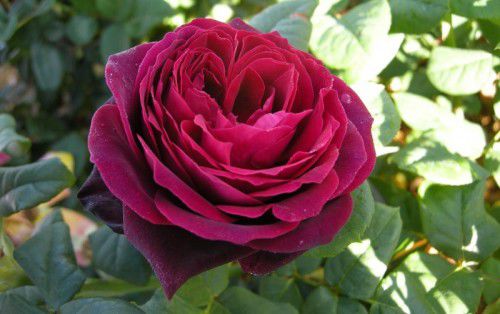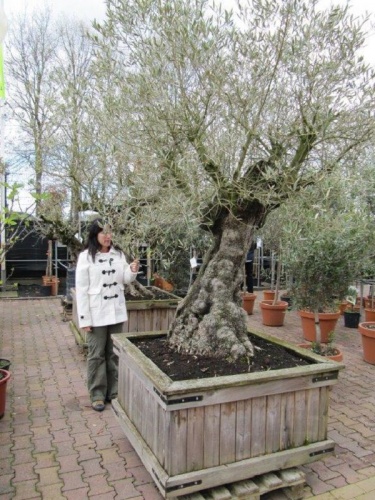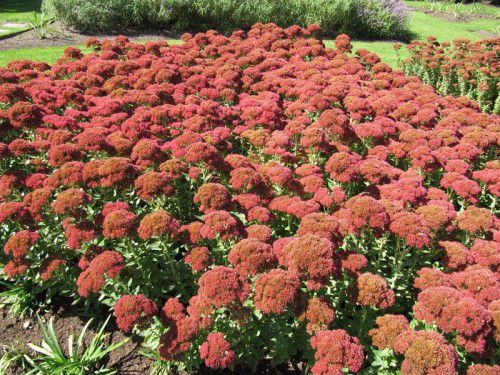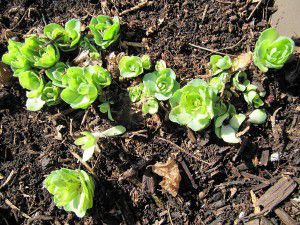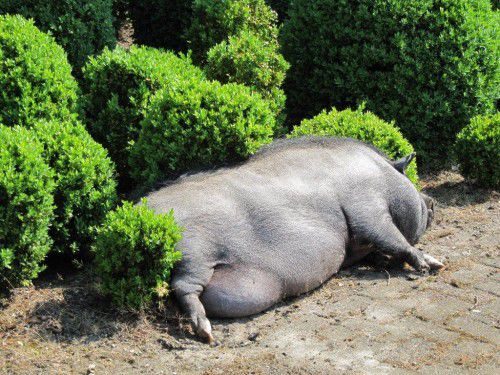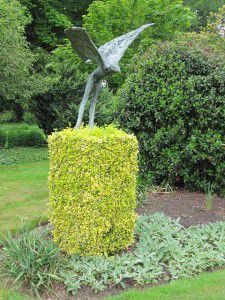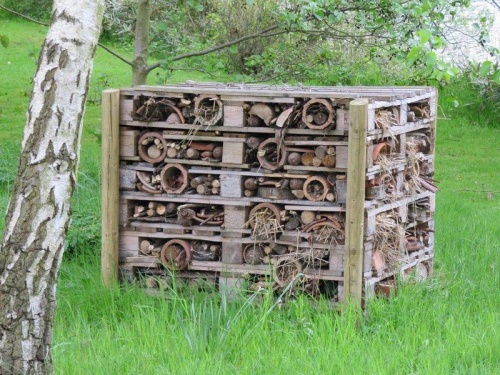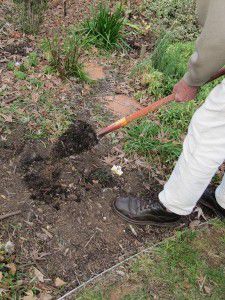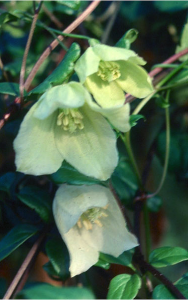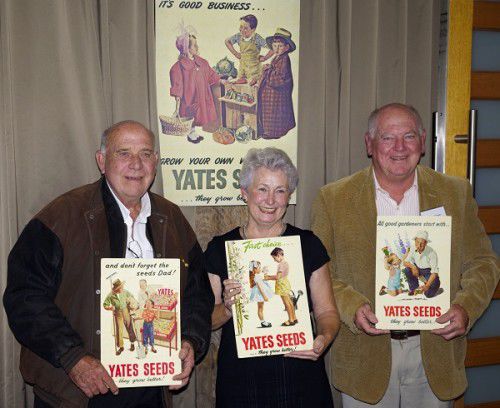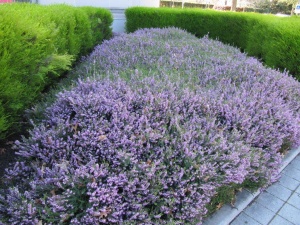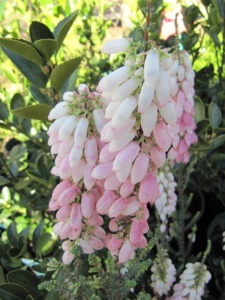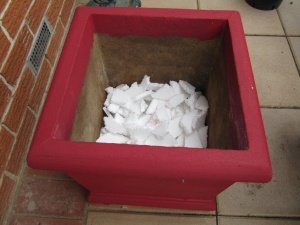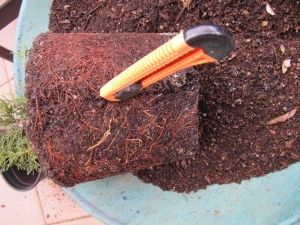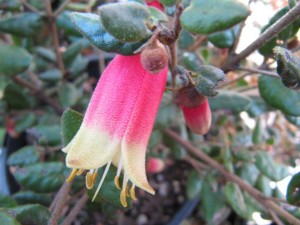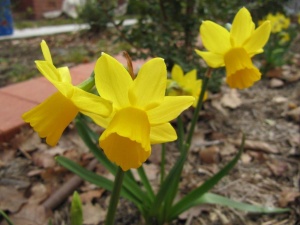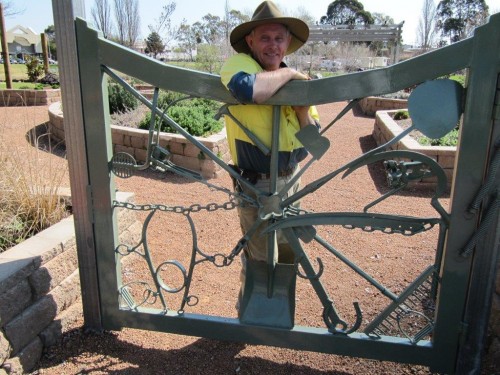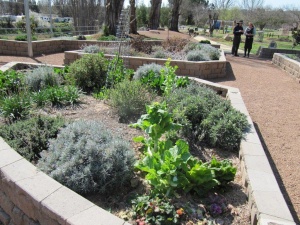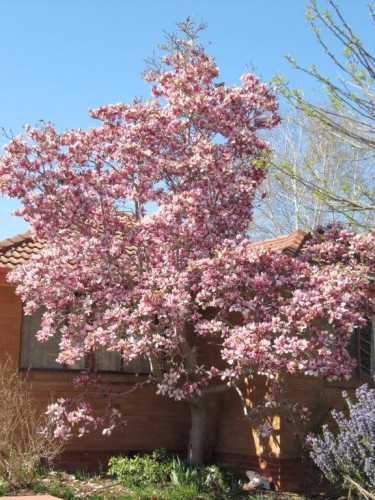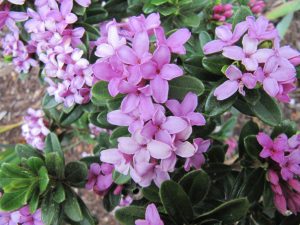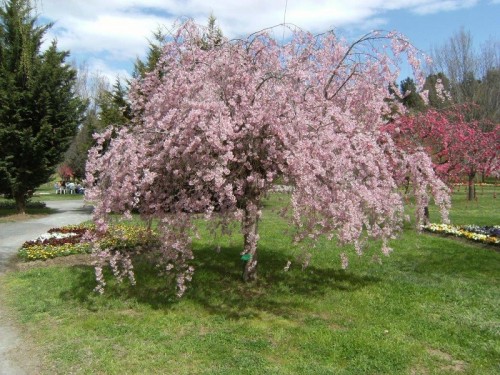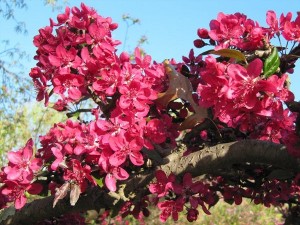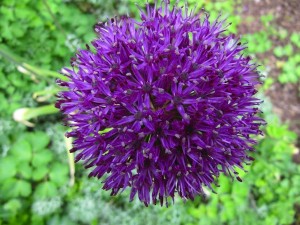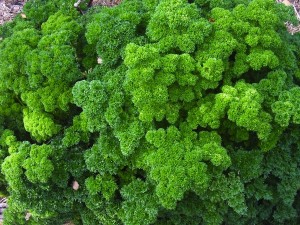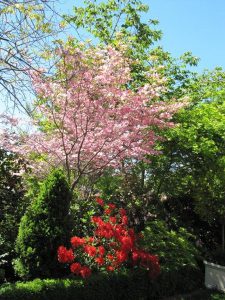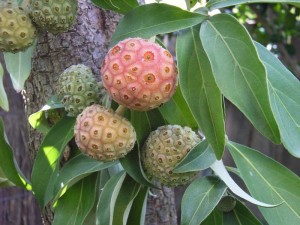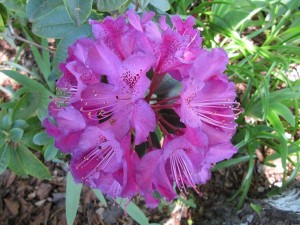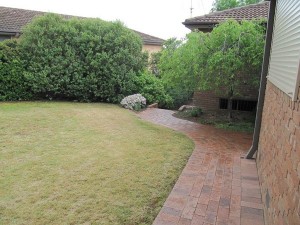AS we go into winter, the flowering time for many fragrant plants comes into its own.
One of the most popular winter-flowering shrubs is the ever-popular daphne.

A magnificent Daphne odora in a container… a perfect plant for Canberra and Queanbeyan gardens.
As Robin White states in his book “Daphnes – a practical guide for gardeners” (Timber Press): “It is all too easy to make an impulse buy when faced with the temptation of an attractive, fragrant plant on display at a garden centre, but your problems will start early if you plant your daphne in an unsuitable site”.
All daphne plants prefer dappled shade; say, under deciduous trees in a well-drained, moist-retentive soil. Beside unsuitable soils, lack of shade and hot winds will be the killer.
Heavy clay soils, such as we experience locally, will need to be drastically improved before planting. Usually homes in new suburbs, where soil is often badly compacted by heavy machinery, will not be suitable for growing daphne in the open ground for quite a number of years.
One ongoing problem is even when there is a good layer of topsoil in greenfield sites, it is usually scraped off and where it ends up is anyone’s guess. Rather, the builder should be stockpiling it to one side for future use in the new garden.

Delicate flower buds emerging from Daphne bholua… is a hardy, fast-growing variety from the Himalayas.
There are two main types of daphne that will tolerate heat – from China, Tibet and the Himalayas, and from the Mediterranean region.
Daphne odora has been cultivated in its native China for thousands of years and was introduced into British gardens by plant hunters in 1771. Other varieties of D.odora include Daphne odora aureomarginata (with gold-edged leaves) and D. odora alba with pure white flowers. Daphne bholua from the Himalaya is another hardy variety and is relatively fast growing.
At home, ours grew to 3m with a 1.5m spread. Unfortunately, this had to be taken out when we did an extension last year. All was not lost, a sucker appeared on the other side of the path and after six months is now a healthy half a metre tall.
I know of no pest here that causes life-threatening damage to daphne plants, so there is no need to use chemical control.
Snails can cause a few problems, especially to new young growth. Eternal vigilance is the best answer to pick them off or make a ring of copper pipe around the plant. Snails will not cross copper.
If using snail pellets Multiguard Slug and Snail Killer is one of the safest if you have pets. This will not kill native animals, such as bluetongue lizards.
Ideas for this week
- When planting in wooden wine barrels, paint the inside with a bituminous paint such as Hi-Chem Protector Seal or Ormonoid to prevent the wood rotting. These are available from DIY stores or paint shops. Also just under the metal bands nail a few clouts to stop the bands dropping.
- Start pruning black and red currants, gooseberries and grape vines.
- Scrub old terracotta pots in readiness for spring.
- Use winter pruning to remove diseased wood from fruit trees.
- Remove debris and old leaves from container plants and re-mulch the top or grow thyme carpet thyme as a living mulch.
- Pinch out the tops of autumn sweet peas.
The post The darling buds of daphne appeared first on Canberra CityNews.
